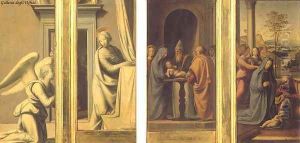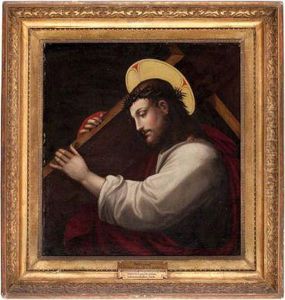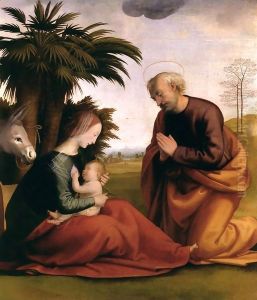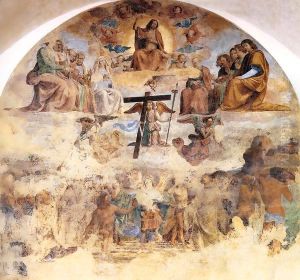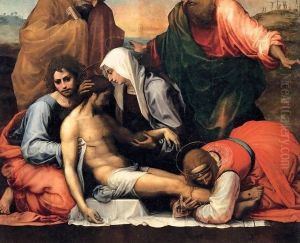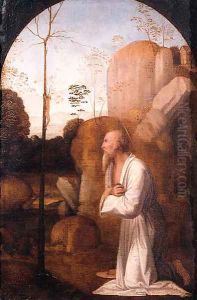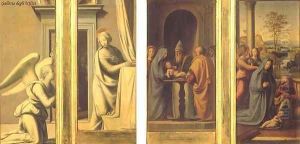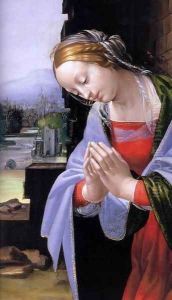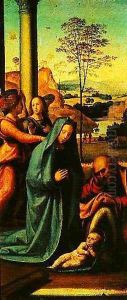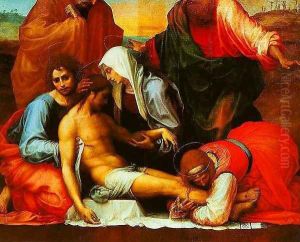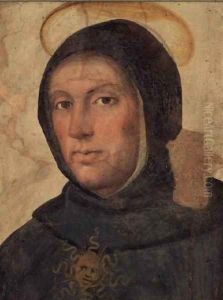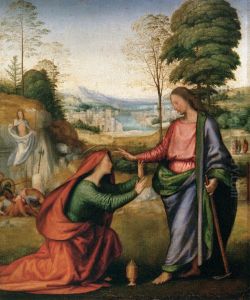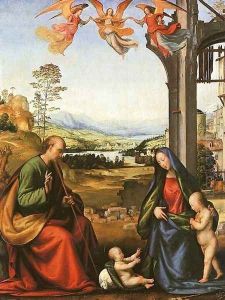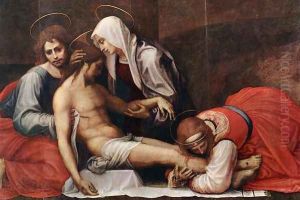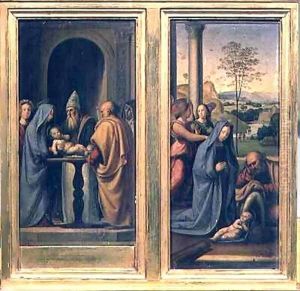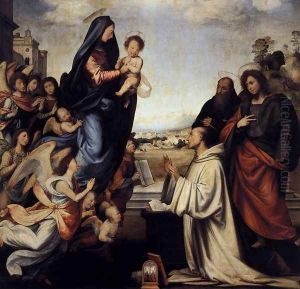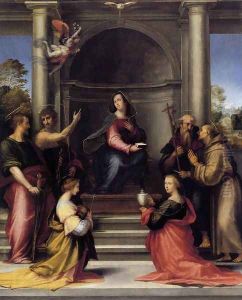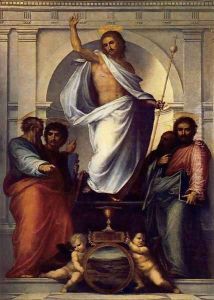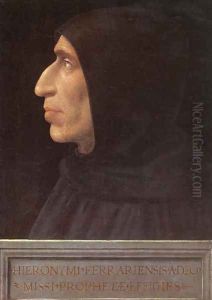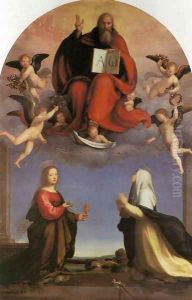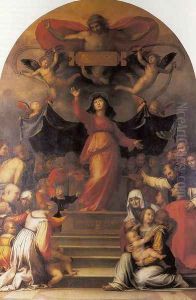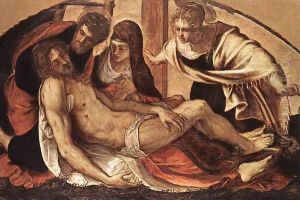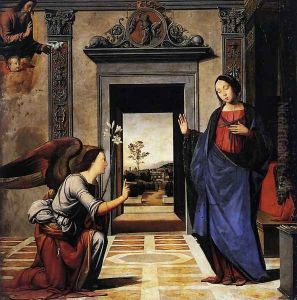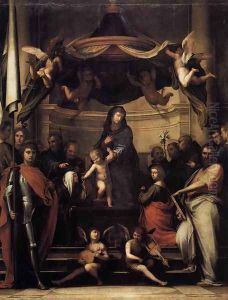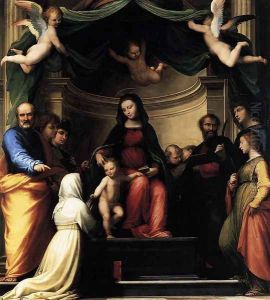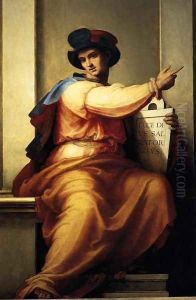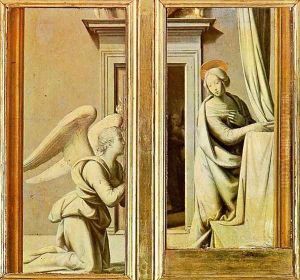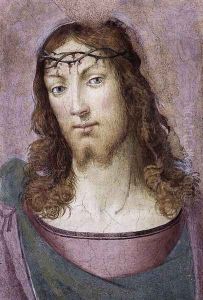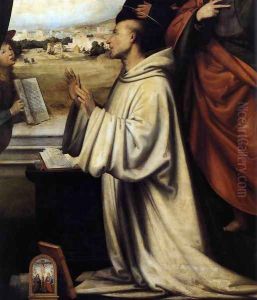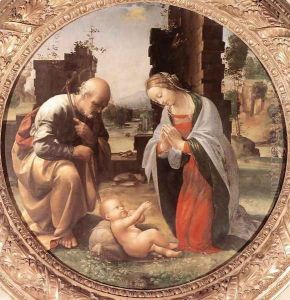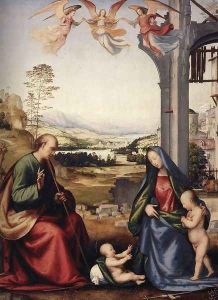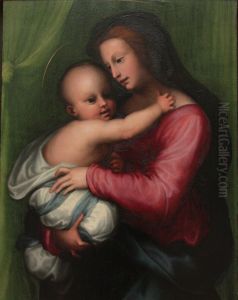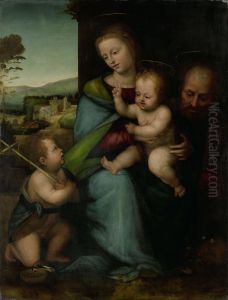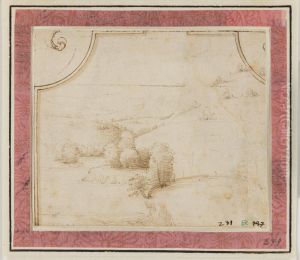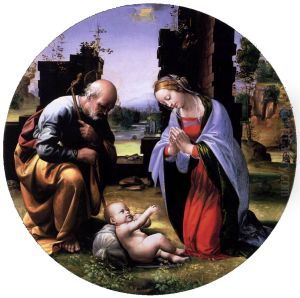Fra Bartolomeo Paintings
Fra Bartolomeo, also known as Baccio della Porta, was an Italian Renaissance painter who was part of the Florentine school. Born Bartolomeo di Pagholo in 1472 in Soffignano, near Florence, Italy, he initially trained as a goldsmith before turning to painting. His early work showed the influence of his contemporary, Filippino Lippi, but he later came under the powerful influence of Leonardo da Vinci, Raphael, and especially Mariotto Albertinelli, with whom he formed a close partnership.
In 1500, after the death of his friend and fellow Dominican friar, Girolamo Savonarola, Fra Bartolomeo decided to enter the Dominican Order. This event marked a significant turning point in his life and art. He gave up painting for several years, but eventually resumed his work, now imbued with a more spiritual and religious character. His devotion to religious themes was evident in his well-composed, serene, and often majestic figures.
Fra Bartolomeo's mastery of color and composition was evident in his altarpieces and frescoes. His work is characterized by its grandeur and the harmonious interaction of his figures with architecture and landscape. Notable works include 'The Vision of St. Bernard' and the 'Madonna della Misericordia'. He was also known for his drawings and had a profound impact on the development of the High Renaissance style in Florence and Rome.
His later years were marked by a collaboration with a young Raphael, and his influence can be seen in Raphael's subsequent development of a more monumental and grandiose style. Fra Bartolomeo never married and spent his last years in the monastery, where he continued to paint until his death in 1517. His legacy is that of a pivotal figure in the transition from the Early to the High Renaissance, bridging the gap with his synthesis of the spiritual and the artistic.
